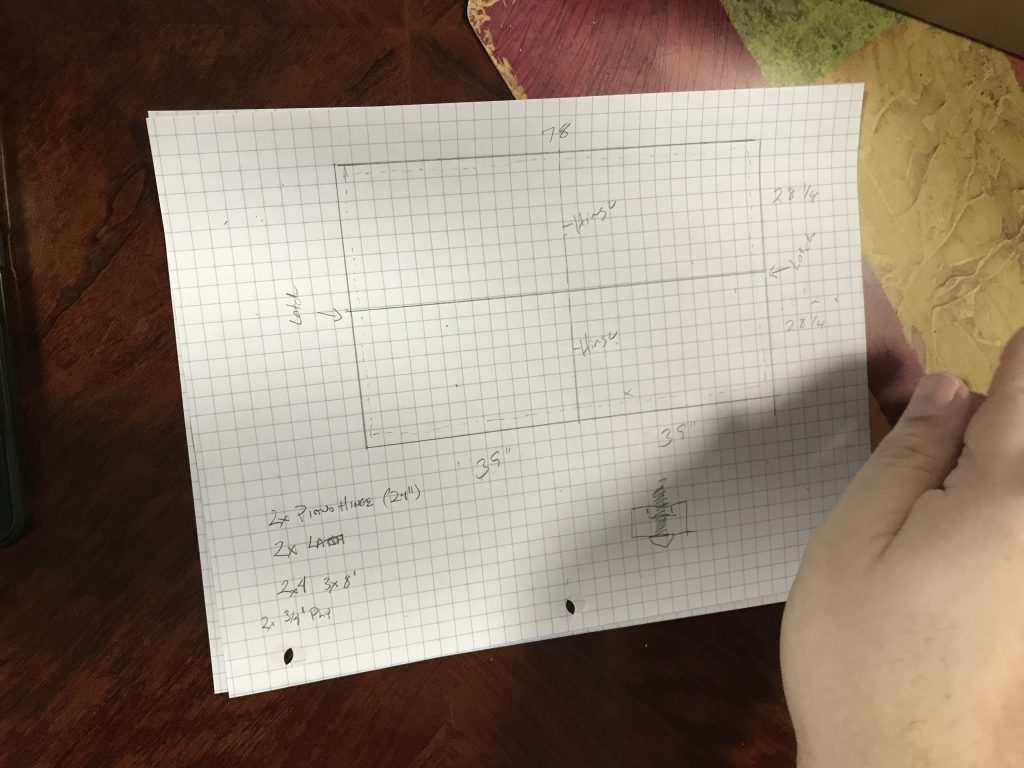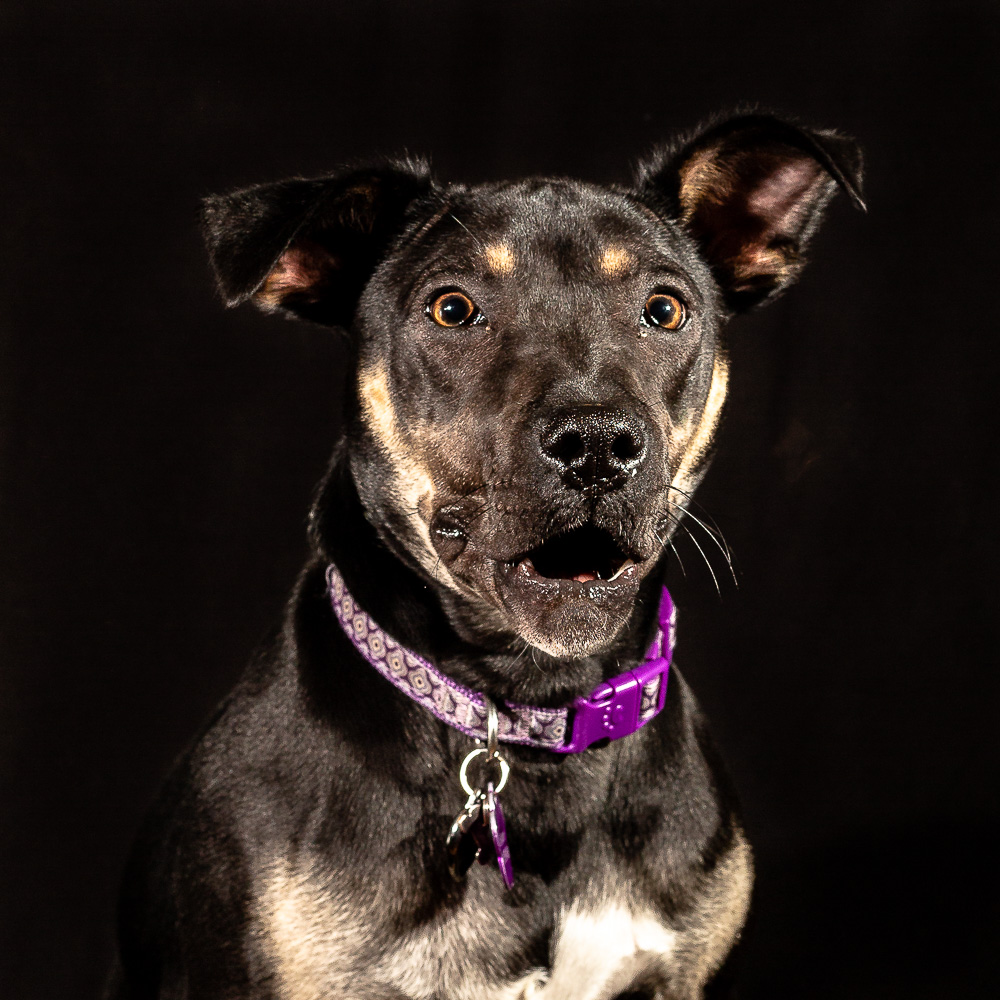Just wanted to let everyone know what kind of progress has been made on the dog photography project I’ve been working on.
I met with my building team twice last week to build a stage for the studio! Your critters will be about 15” off the ground on a wooden platform which gives me more variety in portrait angles, and the depth from my backgrounds that I really wanted. Your babies are plenty safe on a nice stable and sturdy surface, and I can get better shots of them! This platform also breaks down for storage and transportability, which means if things go really well, I can take the the entire studio setup on the road if I want!


Also, updated some existing studio gear and added several new pieces to the lighting setup in the studio including:
- new wireless triggers: these allow my camera to set off multiple flash units at the same time (I had some already, but now there are more, and they’re better suited to my needs),
- new softboxes: these let me direct light exactly where I need it, and soften it too,
- additional speedlight: I can have light coming from three different sources in the studio,
- and a few other little tools like brackets and mounts and batteries that help all these other items work together to do what I want.

What’s next? I’m so glad you asked! I have a appointments set up with different dog families to produce some test shots. These will allow me to tweak the lighting setup to work with different sizes and colors of dogs, and gives me a starting portfolio of this kind of work to show off to you and potential future clients. Plus I think it’s gonna be crazy fun to try this technique out with dogs other than my own!
Stay tuned, as I may do a model call for particular breeds soon!! It’ll be posted here on the blog first, and then the blog will be linked on Facebook, Instagram, and Twitter.
Oh, you can sign up to get blog posts in your email box now too, just scroll to the bottom of any of the pages on my website!






